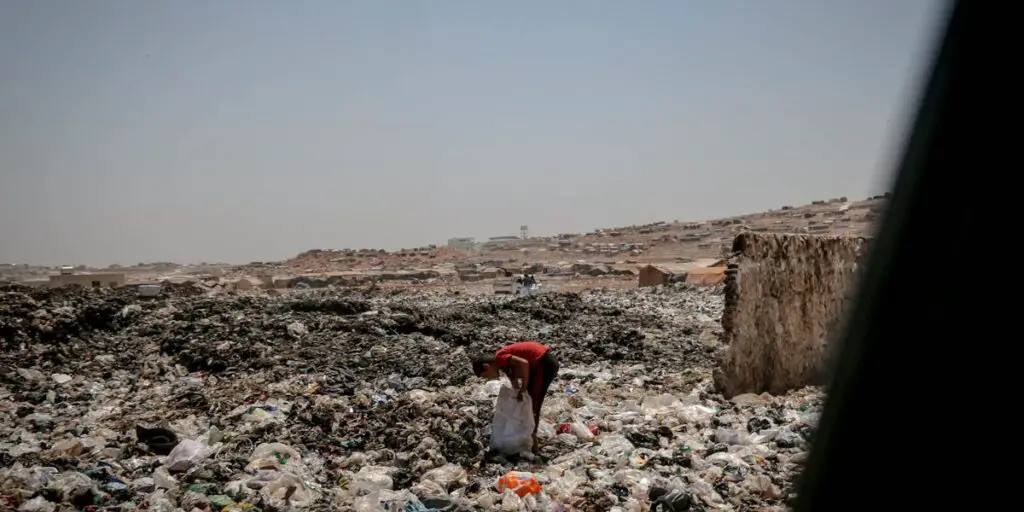a) Environmental Justice
Environmental justice refers to the fair treatment and meaningful involvement of all people, regardless of race, ethnicity, income, or nationality, in environmental policymaking and enforcement. It ensures equitable distribution of environmental benefits and burdens, such as access to clean air, water, and land while protecting communities from disproportionate exposure to pollution and environmental hazards. The concept emerged from the recognition that marginalized and low-income communities often suffer more from industrial activities and waste dumping. Environmental justice promotes sustainable development, environmental education, and community participation to address these disparities and uphold human rights.
—
b) Central Pollution Control Board (CPCB)
The Central Pollution Control Board (CPCB) is a statutory organization under the Ministry of Environment, Forest and Climate Change in India, established in 1974 under the Water (Prevention and Control of Pollution) Act. It is the apex body responsible for monitoring and controlling pollution levels in air, water, and soil across the country. CPCB formulates policies, sets environmental standards, and conducts research on pollution control technologies. It also coordinates with State Pollution Control Boards (SPCBs) to implement pollution control measures and ensure compliance. CPCB’s initiatives include monitoring air quality, waste management, and promoting environmental awareness.
—
c) Smog
Smog is a type of air pollution caused by the interaction of sunlight with pollutants like nitrogen oxides (NOₓ) and volatile organic compounds (VOCs) released from vehicles, industries, and other sources. It appears as a dense, hazy layer in the atmosphere, reducing visibility and causing respiratory problems. Smog can be of two types: photochemical smog (caused by chemical reactions in sunlight) and industrial smog (caused by burning fossil fuels). Cities like Delhi, Beijing, and Los Angeles frequently experience smog due to high vehicular emissions and industrial activities, posing significant risks to human health and the environment.
—
d) Greenhouse Gases
Greenhouse gases (GHGs) are atmospheric gases that trap heat from the sun, preventing it from escaping into space and thereby contributing to the greenhouse effect. This process warms the Earth’s surface, making it habitable, but excessive GHGs can lead to global warming and climate change. Major GHGs include carbon dioxide (CO₂), methane (CH₄), nitrous oxide (N₂O), and fluorinated gases. These gases are emitted from human activities like burning fossil fuels, deforestation, agriculture, and industrial processes. While essential in moderation, elevated levels of GHGs disrupt climate systems, causing extreme weather events, rising sea levels, and ecological imbalances.








